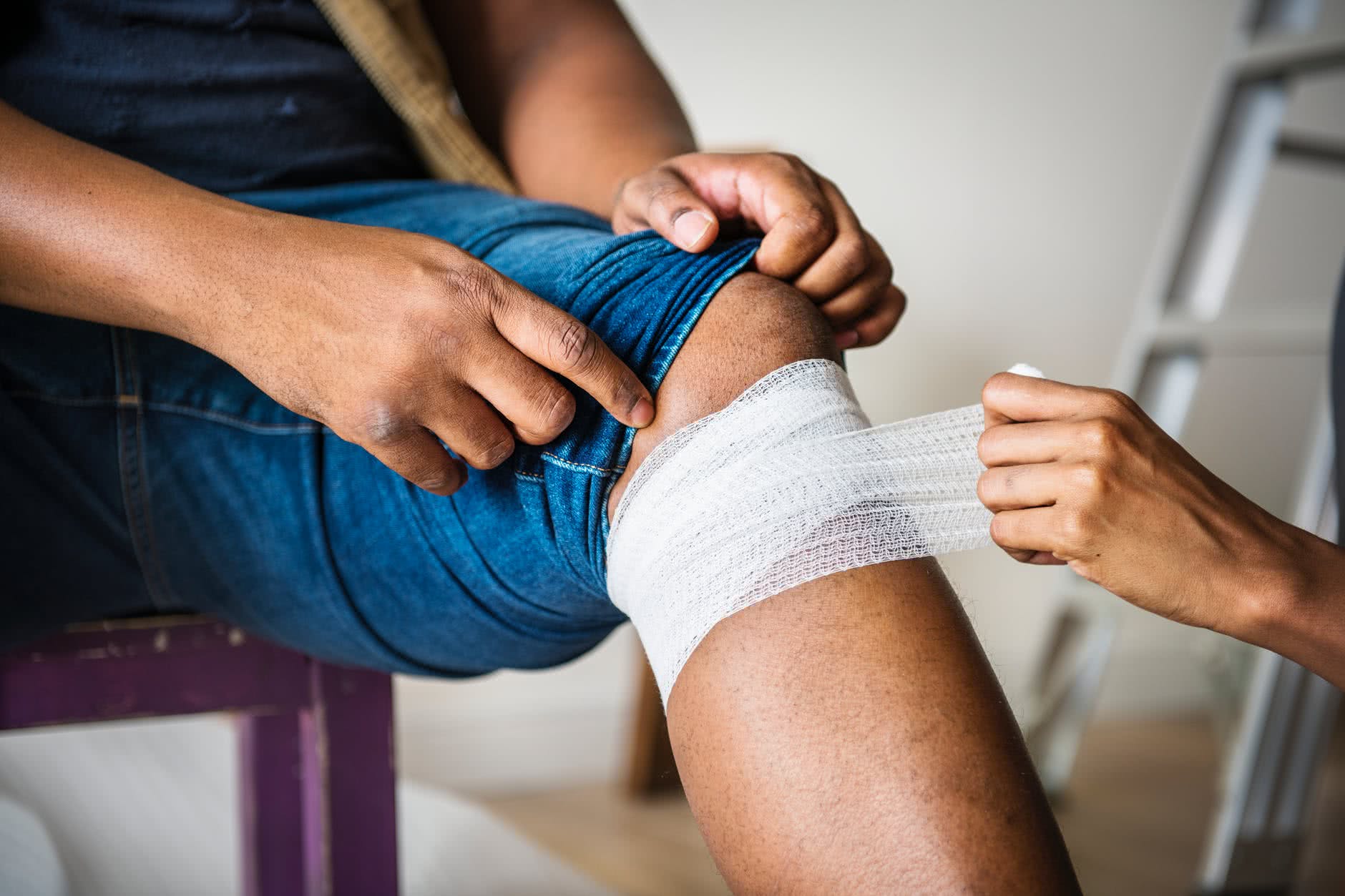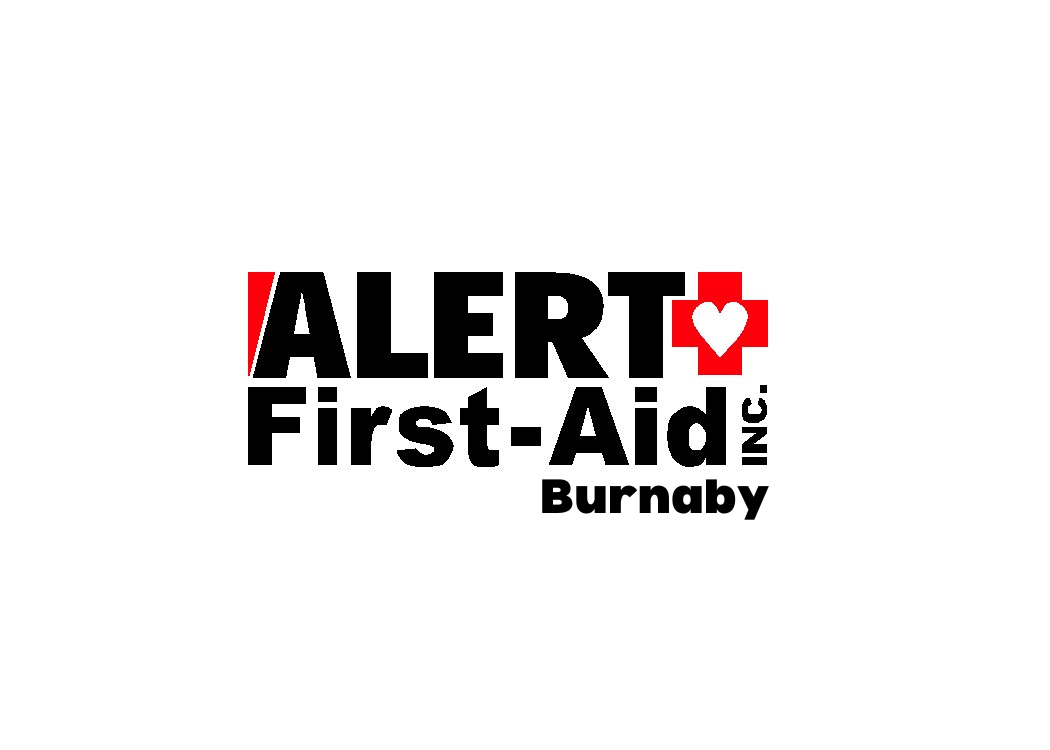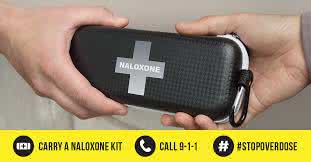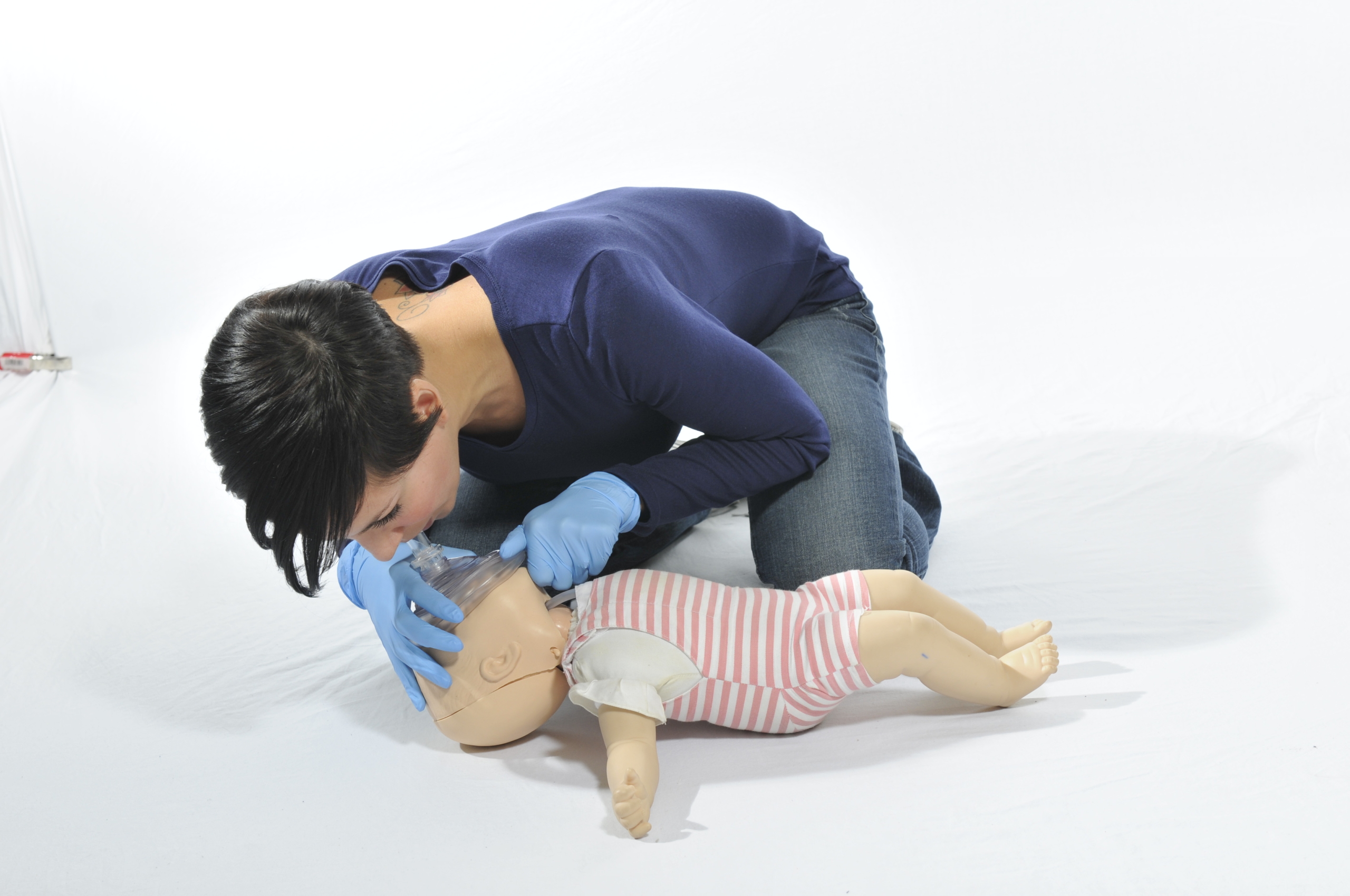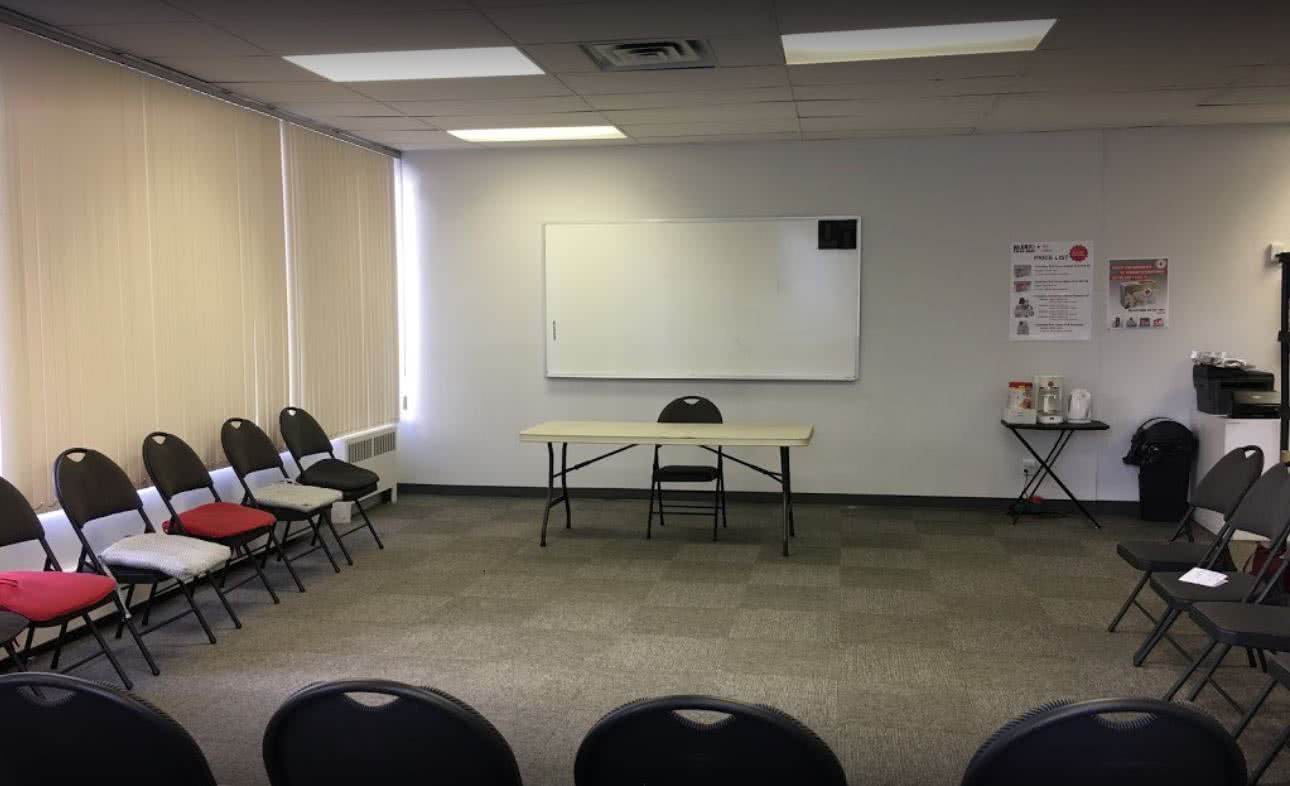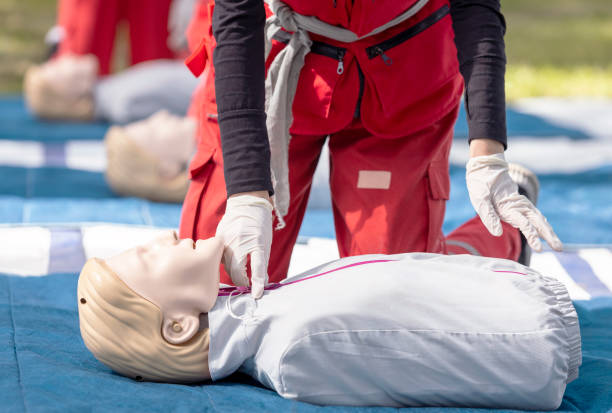Why Does First Aid Training Change?
A very common question from students is why does first aid training seem to be different every time they take a first aid course? This is a really good question. The reason is that first aid training seem to have changed every time is that there is a possibility that it has. Every 5 years a group called ILCOR does a scientific review. ILCOR stands for International liaison committee on Resuscitation
The objectives of ILCOR are to:
- Provide a forum for discussion and for coordination of all aspects of CPR and First Aid training world wide
- Do scientific research in areas of resuscitation and first aid techniques
- Circulate information on CPR and First Aid training.
- Provide a mechanism for collecting, reviewing and sharing international scientific data on CPR and First Aid Training
- Produce statements on specific issues First Aid issues related to resuscitation that reflect international consensus.
In Canada both the Canadian Red Cross and Heart And Stroke Foundation contribute to the first aid evidence review process.
Another common question in afirst aid course is that if St. John Ambulance and Red Cross are different agencies how is the Canadian First Aid Standard created? The Canadian Guidelines Consensus Task Force is a group of the of 5 national first aid training organizations. These organizations are Canadian Red Cross, Canadian Ski Patrol, Heart and Stroke Foundation, Lifesaving Society, and St. John Ambulance. These 5 organization meet and agree on review the recommendation from ILCOR. If you were wondering what the major changes have been since the last update you can find them on this document
Here are some of the main changes
Opioid-related life-threatening emergencies as a topic in first aid training courses. This would teach a first aider to recognize an opioid overdose and be able to administer naloxone. Teaching this skill in first aid classes has could saves could mean the difference between life and death.
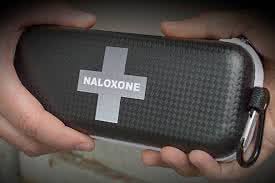
Deeper and Faster CPR compressions – Previously in First Aid courses students were taught to perform compressions at the rate of at least 100 compressions per minute. Now a goal of 100 to 120 compressions per minute are recommended. First Aiders want to be reaching 30 compression in around 15 seconds. Now this may seem like a fast rate for CPR but studies show that more compressions are associated with higher survival rates. The main take away message from this science is push faster and push harder. Now this is great information if people are actually doing CPR at 2010 study by the Heart and Stroke foundation shows that 62 per cent of respondents had taken a CPR class, but only 40 per cent of these people said they would try to revive someone. This is why compression only CPR is such an important skill.
One of the most common misconceptions in first aid courses is that the new CPR training protocols do not include a rescue breathing or ventilating into a person. This is not true if a first aider has a proper personal protection for doing CPR such as CPR mask. It is still recommended that there first aider does rescue breathing. Current CPR ratio’s are 2 breaths to every 30 compressions. People are very concerned about contacting disease such as HIV or Hepatitis C when doing CPR this is why compression only CPR can be so useful. Here is a great video about compression only CPR by the Canadian Red Cross.
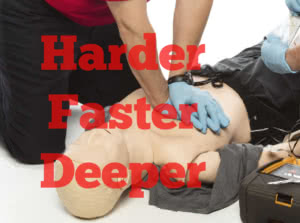
Hypoglycemia – Low blood sugar previous in first aid training student were taught to simply give something sweet to a person who what showing the signs of low blood sugar. Scientific research has show that glucose tablets are better then simply giving something sweet. The recommendations go on to say that if a glucose tablet is not available then some other forms of sugar would also be acceptable. The number 1 choice of the candy for those suffering low blood sugar would is Mentos followed up by skittles or jelly beans.

Bleeding – One of the biggest changes in first aid training protocol is the introduction to the tourniquet into a first aid kit. Previously to 2016 first aid instructors have been teaching students that tourniquets were not good in an emergency situation. Now in cases of severe bleeding when the bleed can not be treated with direct pressure the use of a tourniquet is recommended.
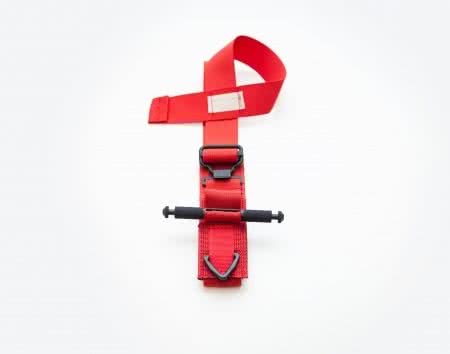
- The use of Aspirin for chest pain. Studies have shown that a person who is suffering for chest pain can chew 1 adult aspirin or 2 low does aspirin while they are waiting for First responder to arrive. Taking aspirin will allow more blood to flow to the heart thus potentially reducing the amount of damage caused to the heart.
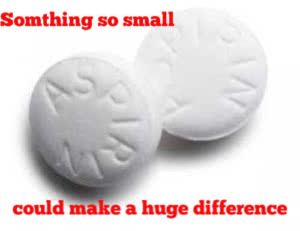
- Anaphylaxis (an-a-fi-LAK-sis) – In previous first aid courses students were taught if a person was suffering from Anaphylaxis ( Severe Allergic Reaction) they could assist with an auto injector. An example of an auto injector would be an epi pen. After this injection they would just have to wait for Emergency Medical Services to arrive. New first training protocol now mentions that a second dose of epinephrine can be administered if the first does is not effective after 5 minutes. Many people believe that an epi-pen should be prescribed. It can be actually purchased as an over the counter medication.
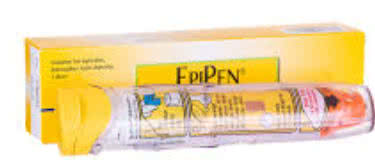
- Cell phone as a life saving device – First Aid training should be taught with an emphasis on use of mobile phone. First Aiders are now taught to call 911 using their cell phone. If they do not know what to do in an emergency situation they can put there phone on speaker and get advice from the 911 dispatch. Mobile phones can be used to give 911 dispatch location information. If a person does not know their exact location they can use the GPS or map function on their cell phone to tell 911 dispatch their exact location. One of the most interesting use of the cell phone technologies is the Pulse Point App. In 2017 in British Columbia paramedics responded to 7,101 cardiac arrests. Bystanders performed CPR in approximately 25 per cent of those cases. People who have First Aid or CPR training can download this app to their smart phone and be notified if someone within 400 meter radius is having a cardiac arrest. This means that a bystander trained in CPR can be on the scene before EMS arrives. Early CPR and Early Defibrillation are 2 of the links in the chain of survival. This app increases the likelihood of both of early interventions by bystanders. The app has another feature of using that can possibly locate a nearby Automated External Defibrillator.
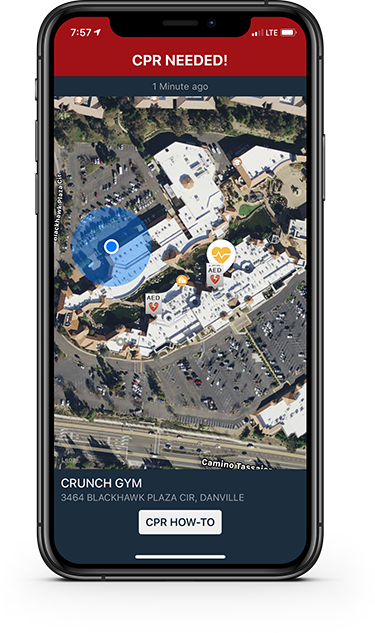
So what is the big take away from all of this.
- Get a tourniquet for your first aid kit
- Add some mentos and asprin to your first aid kit
- Get a naxone response kit to add to your first aid kit
- Download the new Pulse Point App on to your phone
- Push hard and push fast when doing CPR ( to the rhythm of staying alive or if you are not an optimist another one bites the dust)
- If you or a loved one have Anaphlaxis carry 2 epi pens.
Alert First Aid is British Columbia’s Largest Red Cross Training Partner. We offer First Aid courses in, Vancouver, Victoria, Nanaimo, Duncan and everywhere in between.


